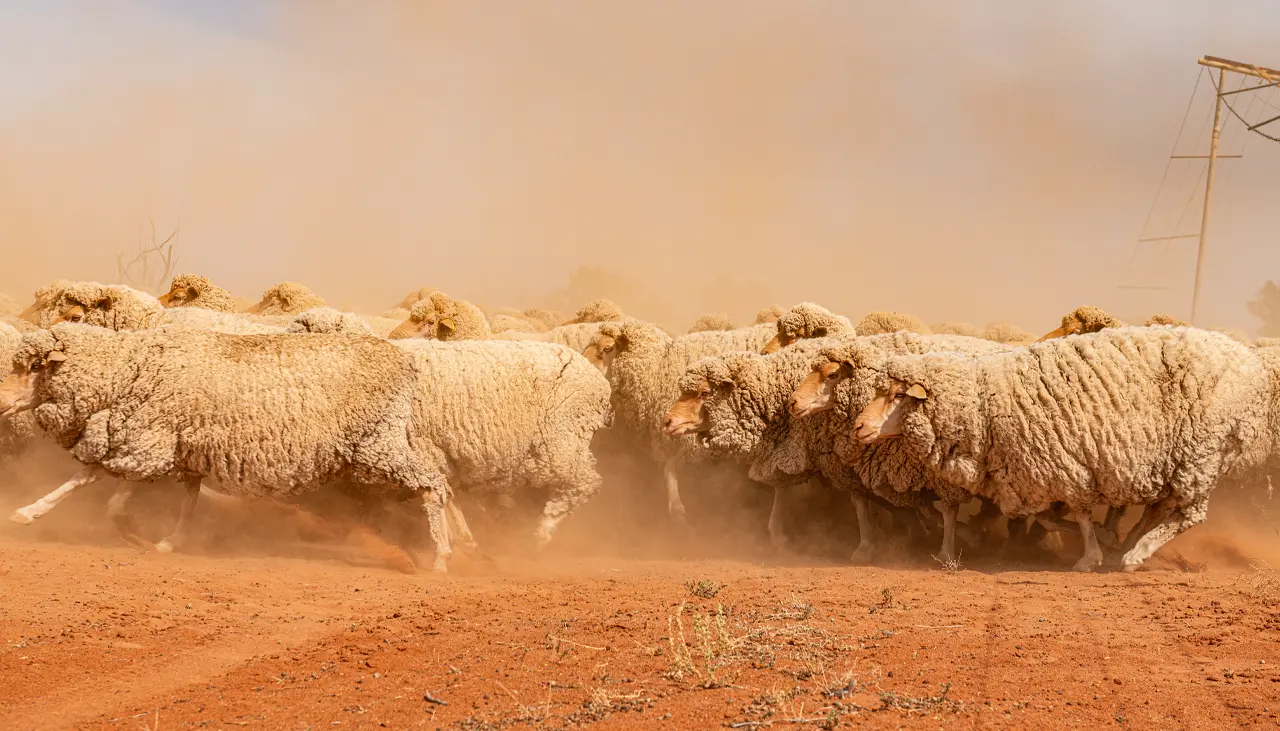Wool production remains a centrepiece of our sheep industry, while at the same time the Australian flock increases its component of meat sheep.
Story Andrew Hull Photo Ken EastwoodThe thin, muddy line where the water meets the land shines in the early autumn light on the Darling–Barka River near Pooncarie in the remote Lower Darling region of western NSW. The river is a band of silver-brown and reflected blue, gleaming against the grey-black soil on the steep banks. In the dappled shade of a stooping river gum, a hyper-vigilant willie wagtail flits at the water’s edge and alights on a perch of blackened rotting timber protruding from the surface. This perch is one of a dozen similar protrusions in a uniform line running parallel to the water’s edge, the rib-cage-like remains of the paddle-steamer Rodney, sunk by union shearers during the shearer’s strike of 1894 for transporting non-union labour to work in the shearing shed on Tolarno station.
One of the most colourful stories of Australian colonial history, this incident conveys something of the significance of the wool industry in the establishing colony, and also its deep connectedness to Australian culture, politics and identity. The striking shearers of 1894 were an integral part of wool production, which was one of the continent’s largest industries, driving growth in export markets, associated trading networks and the very scaffolding of regional life, with many communities born through the necessity for centres of trade and supply. Around the growing communities, networks of rail and road infrastructure linked with bullock wagons, boats and camel teams to carry wool and supplies to and from ever more remote stations.
Poets, musicians, writers and journalists captured the frenetic energy of the boom, and through their words, the very identity of the nation began to arise. The strikers themselves would be one of the major catalysts for the creation of the Australian Labor Party and, with the stern opposition of pastoralists, carve out the rough format of Australian politics that has existed ever since.
By the 1950s, wool was synonymous with the Australian way of life, having provided Australia with one of the highest standards of living in the world. It continues to be a major export, but an increasing growth in the meat-sheep industry means that contemporary Australia not only rides on the sheep’s back, but perhaps also its backstrap.
This story excerpt is from Issue #150
Outback Magazine: Aug/Sep 2023










